Decoding the number of drive motor pole pairs: What are the similarities and differences between 2-p
In the electric motor industry, the number of poles is a key parameter that determines its core performance and application scenarios. Behind these numbers, 2, 4, 6, and 8, lie significant differences in speed, torque, efficiency, and other characteristics.
one
What is the number of motor poles?
The number of motor poles refers to the number of magnetic poles formed after the stator winding is energized . Since the magnetic poles always appear in pairs of N poles and S poles, the number of poles is an even number such as 2, 4, 6, or 8.
For three-phase asynchronous motors, the number of poles is determined by the stator winding connection method - each set of coils is energized to produce a pair of magnetic poles. The number of magnetic poles contained in each phase of the motor is the pole number . The final pole number selection needs to match the speed required by the load.
two
How does the number of poles determine the motor speed?
The relationship between speed and number of poles is directly related by the formula:
Synchronous speed n₀ = 60f/p
(f is the power frequency, the Chinese standard is 50Hz; p is the number of magnetic poles, that is, "number of poles ÷ 2")
Based on this, the synchronous speed of motors with different pole numbers can be calculated under a 50Hz power supply (e.g., 3000r/min for a 2-pole motor and 1500r/min for a 4-pole motor). It should be noted that the actual speed of an asynchronous motor is slightly lower than the synchronous speed (with a slip of 2%-5%), which is why it is called "asynchronous."
three
Differences between cores with different pole numbers at the same power
1. Speed and torque: a seesaw relationship
According to the power formula P = T×n / 9550 (P is power in kW, T is torque in N·m, and n is speed in r/min), when the power is fixed:
-
The more poles → the lower the speed → the greater the torque -
Specific comparison: The torque of a 6-pole motor is about 50% higher than that of a 4-pole motor, and the torque of an 8-pole motor is about 100% higher than that of a 4-pole motor.
2. Volume and weight: The more poles, the larger the size
A high-pole-count (low-speed) motor requires more pole pairs to generate a rotating magnetic field. The core needs to accommodate more windings and the magnetic circuit area needs to be increased to ensure torque. Therefore:
-
At the same power, a 2-pole motor is 30%-50% smaller and 20%-40% lighter than an 8-pole motor.
3. Efficiency and power factor: lower pole count is better
-
Efficiency: 2-pole and 4-pole motors have more mature designs, better loss balance, and generally higher efficiency. When there are too many poles, core losses (eddy current, hysteresis) and winding copper losses increase, and efficiency tends to decrease under light loads.
-
Power factor : Motors with a high number of poles (such as 8 poles) have large winding inductance, a high proportion of reactive current, and a low power factor. In industry, additional capacitor compensation is often required.
4. Start-up performance and running stability
-
Starting torque: High-pole-number motors have large starting torque (low speed, high starting slip rate, and easy to establish electromagnetic torque), and are suitable for direct starting of heavy-load equipment such as crushers and mixers.
-
Running smoothness: The more poles there are, the smaller the "step length" of the rotating magnetic field, and the lower the vibration and noise (for example, a 6-pole motor runs more smoothly than a 2-pole motor).
Four
Application scenarios of motors with different pole numbers
|
|
Speed range (r/min) |
Core Features |
Applicable devices |
|
2-pole |
2800-3000 |
High speed, low torque, smallest size |
Water pumps, fans, centrifuges (low torque, high speed load) |
|
4-pole |
1400-1500 |
Medium speed, medium torque, optimal efficiency |
Conveyor belts, compressors, machine tool spindles (general machinery, the most widely used) |
|
6-pole |
900-1000 |
Low speed, high torque, smooth operation |
Punching machine, lifting mechanism (medium load equipment) |
|
8 poles and above |
<750 |
Ultra-low speed, ultra-large torque |
Crusher, ball mill, crane (heavy-load equipment, no need for additional reducer) |
five
How to identify the number of motor poles?
1. Speed method (using nameplate speed to reverse calculate)
Calculation based on "synchronous speed = actual speed ÷ (0.95~0.98)":
-
Actual speed 1430r/min → Synchronous speed 1500r/min → 4 poles -
Actual speed 960r/min → Synchronous speed 1000r/min → 6 poles
2. Model number method (model number is directly marked)
Example: Y 132 M - 4
-
Y: three-phase asynchronous motor; 132: base center height (mm); M: base length code; 4: number of poles (4 poles).
3. Multimeter measurement method (when there is no nameplate)
① Remove the motor wiring and use the R×100Ω setting to find the two leads of any phase winding;
② Set the multimeter to the μA range and clamp the leads;
③ Rotate the shaft at a constant speed for one circle and observe the number of times the pointer swings (number of swings = number of magnetic pole pairs):
-
Swing once → 1 pair of poles → 2 poles; swing twice → 2 pairs of poles → 4 poles.
six
Golden rules for selection
The key to selecting the number of poles is to match the speed and torque requirements of the load, following the following principles:



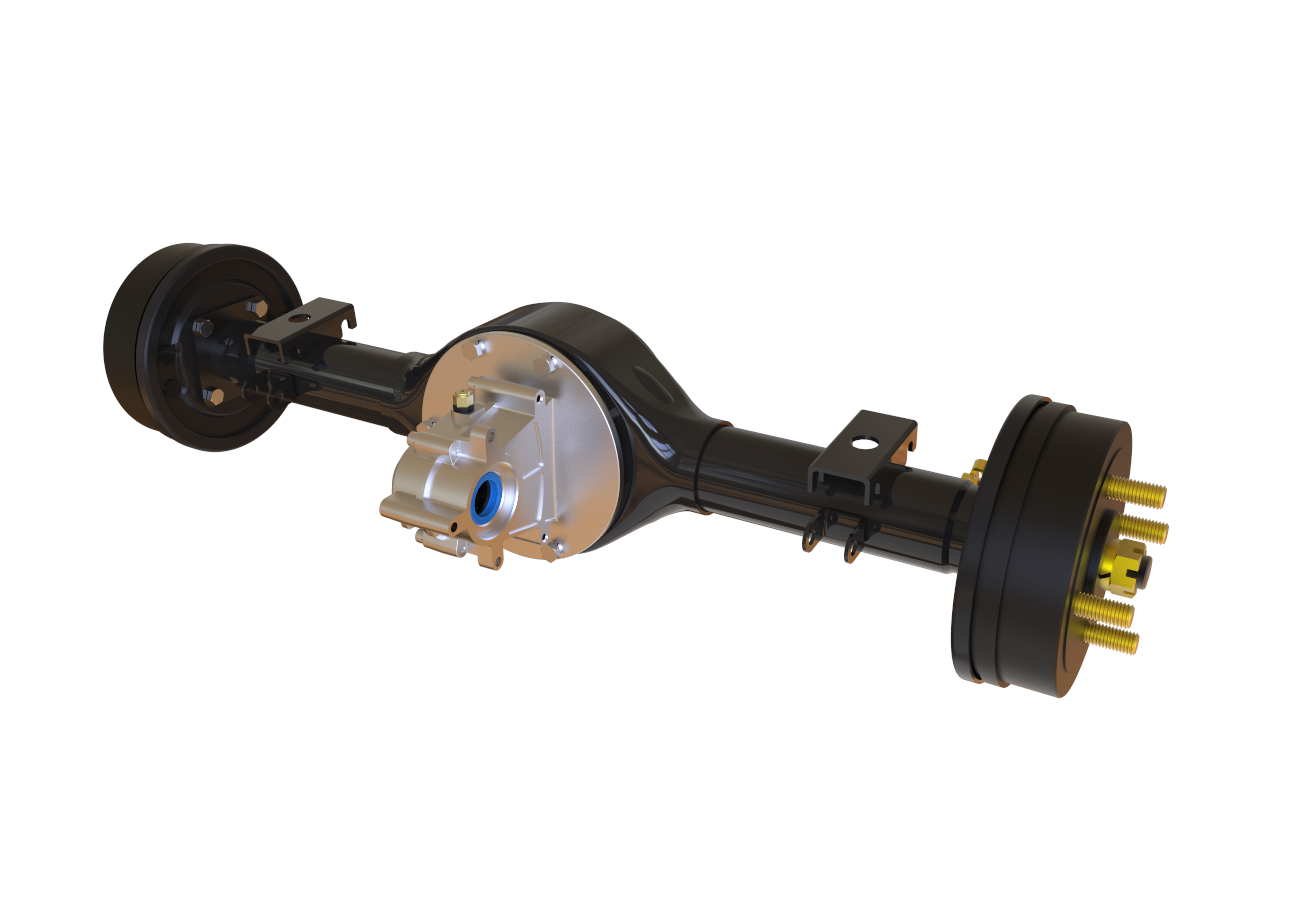
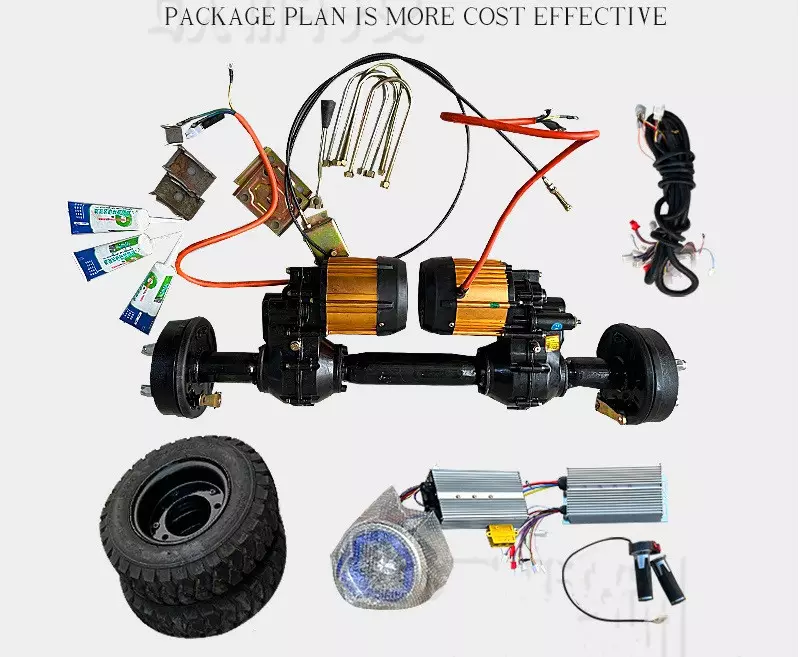

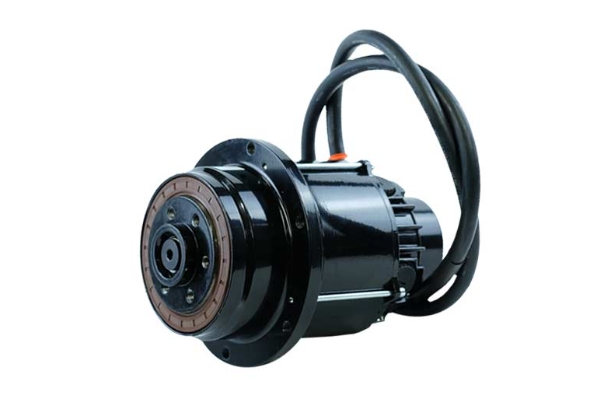
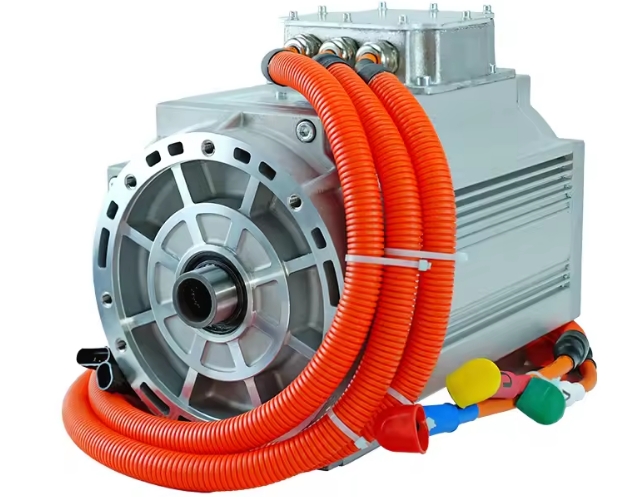
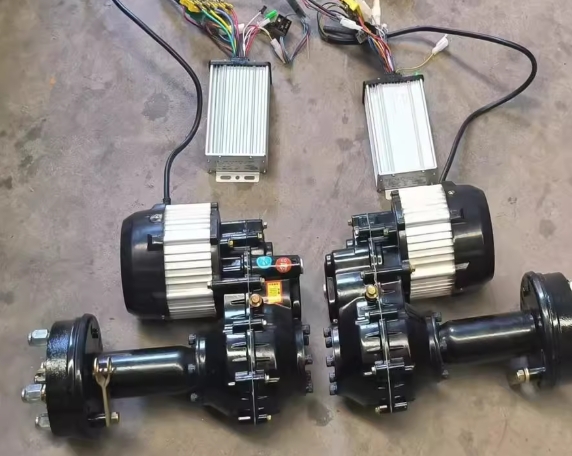
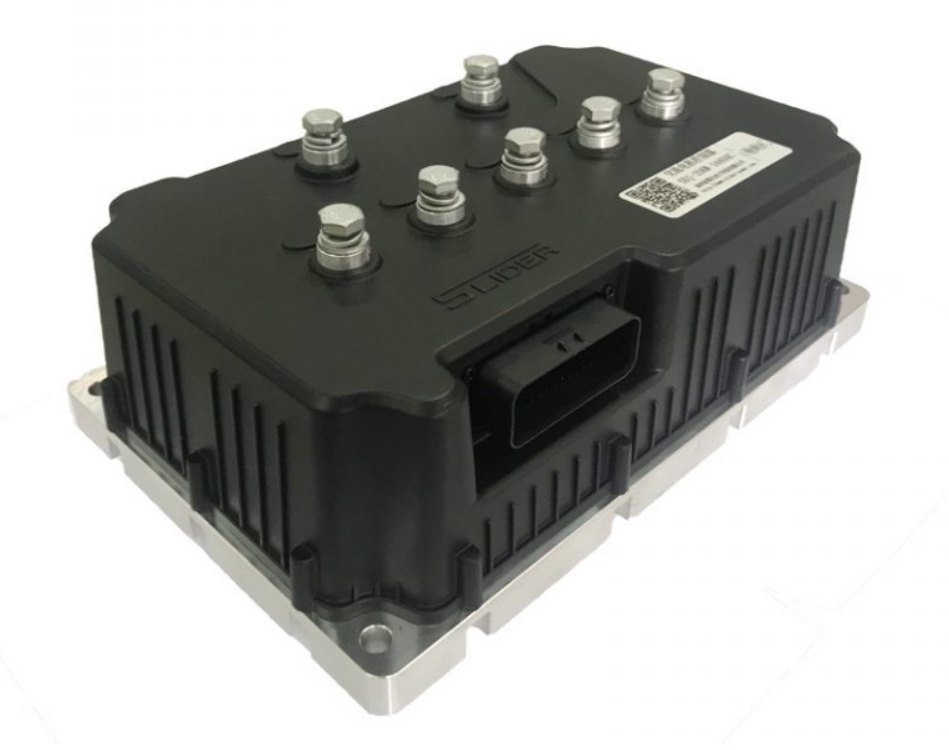

















 XINDA
XINDA